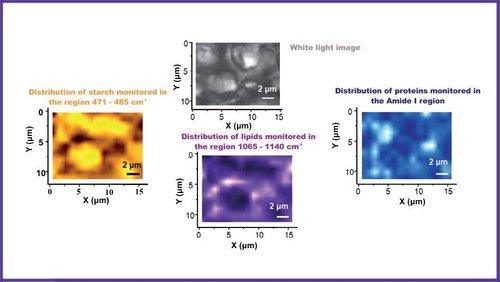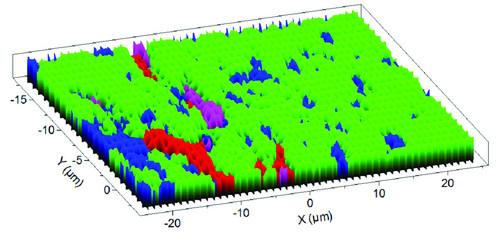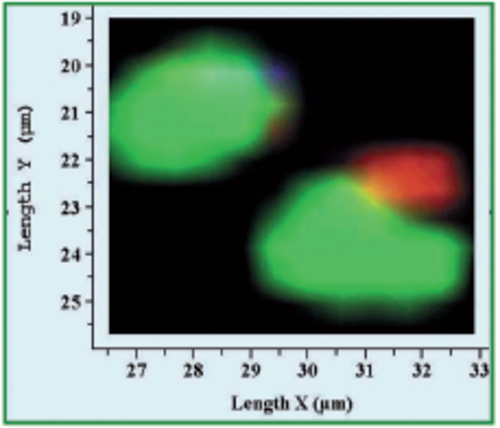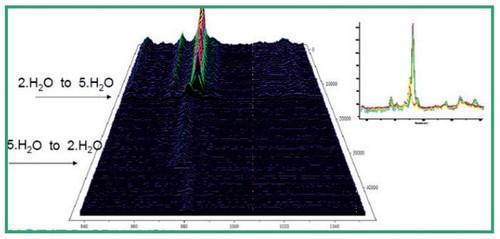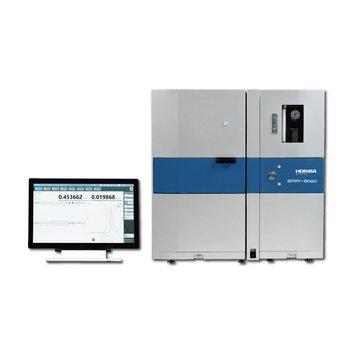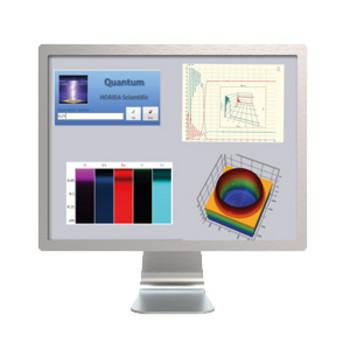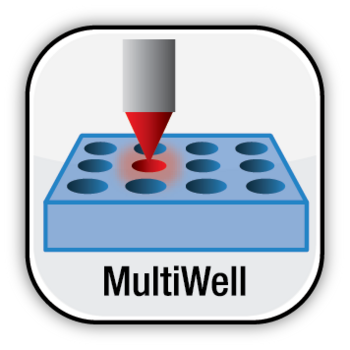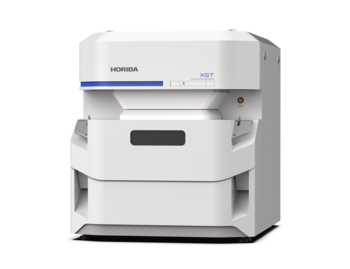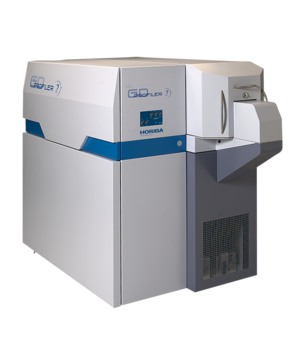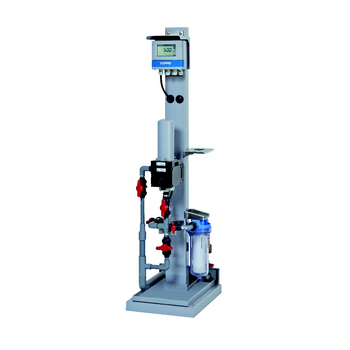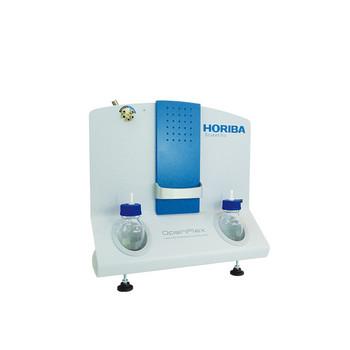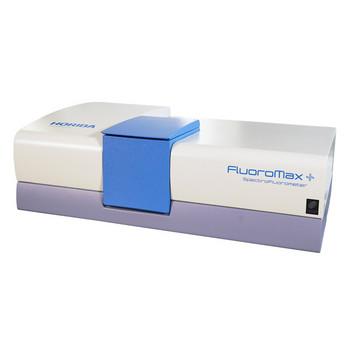XploRA™ PLUS
Spectromètre Micro-Raman - Microscope Raman Confocal
XploRA™ PLUS est un système micro-Raman fiable et performant conçu pour les scientifiques, les chercheurs et les ingénieurs qui explorent le domaine microscopique.
Il offre une analyse chimique et structurelle précise grâce à une sensibilité et une résolution exceptionnelles. Sa microscopie confocale SWIFT™ permet un examen rapide et détaillé de la composition et de la structure des échantillons. Avec des options d'excitation laser polyvalentes et la possibilité d'une mise à niveau AFM facile, il s'adapte à une large gamme d'échantillons et de caractéristiques de diffusion Raman.
De la science des matériaux à la science de l'environnement, il fournit des informations inestimables sur divers matériaux et échantillons, facilitant les analyses détaillées. XploRA™ PLUS représente le summum de la performance, de la polyvalence et de la facilité d’utilisation, répondant avec précision et fiabilité aux exigences des demandes scientifiques modernes.













